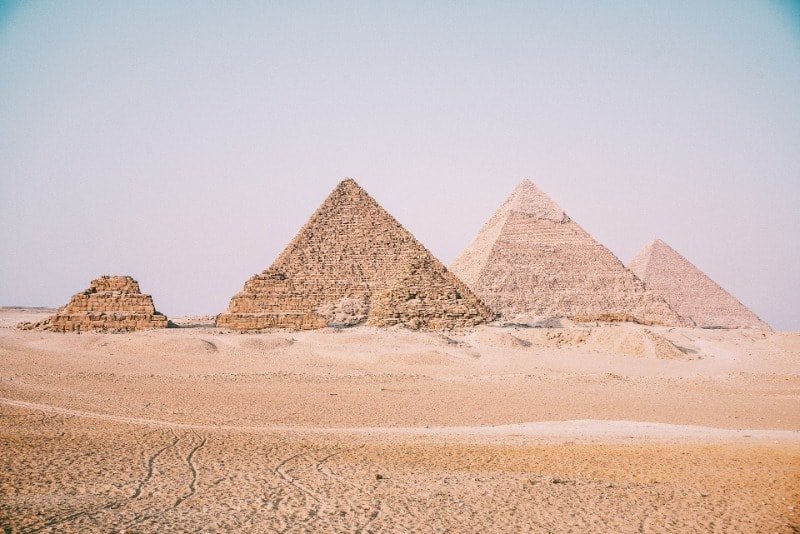Before Africa evolved to be what it is today, the continent had many kingdoms with powerful rulers. Every kingdom had its way of life. As the African culture was gradually growing, foreigners stepped onto the African soil. This was the start of a new chapter in African history.
There was a lot of foreign influence encroaching the African culture and most Africans adapted to the new ways. The sad thing is that this same influence kind of eroded African history. Records show that European history is what is in Africa. Most of our schools teach us more about the history of Europeans rather than our rich history.
It is the right time for Africans to claim what rightfully belongs to them since foreigners claim Africans have no history. The following will jog your mind into the realization that African history very interesting and extremely rich.
#1 Kingdom of Mapungubwe
The kingdom of Mapungubwe was a medieval state in SA found at the confluence of river Limpopo and river Shashe. This kingdom lasted for more than 77 years and the capital’s population was over 4200 people. The signs of civilizations of this kingdom seem to have disappeared. However, it contributed greatly to the sweet juice of African history.
The native people, through whispers, believed that people buried great queens and kings there. In 1932 an Afrikaner explorer talked to a villager to take him to the ancestral burial ground of Mapungubwe.
#2 The Golden Rhinoceros of Mapungubwe
This is a medieval artifact that has a wood material and is covered in gold from the kingdom. Archaeologists from the University of Pretoria found it on a royal grave on Mapungubwe Hill way back in 1932.
#3 Kingdom of Zimbabwe
The Kingdom of Zimbabwe was a medieval Shona kingdom found in Zimbabwe. Its capital, Great Zimbabwe, is the biggest stone structure in the pre-colonial southern region of the continent. This great kingdom came after the fall of the kingdom of Mapungubwe.
The rulers ruled from a court and closed with a colossal circular wall. The people here possessed herds of cattle and provided ivory and gold to Swahili traders. The white people deny the great history of this place.
Karl Mauch, a German explorer, did not believe that the blacks were the ones who built the great walls of Zimbabwe. The explorer convinced himself that the walls were works of a lost white tribe. He, later on, drew the African artifacts but denied to believe that the Africans were the ones who built the city.
Peter Garlake, an archaeologist, says one of the problems of Great Zimbabwe is that people were doing intense excavation. They destroyed all proof of the human habitation that went with the great walls.
The British Academy invited Gertrude Caton Thompson, an archaeologist, to find the origins of ruins in Zimbabwe. The archaeologist gathered a female adventure for the Zimbabwe excavations. She used ceramics to determine who created the structures from the place. Her findings led her to the view that Zimbabwe was the result of local civilization.
Caton kept unfriendly letters from native professionals in a file called ‘insane’. Today’s archaeologists agree that the city was the work of a Shona-speaking African advancement.
#4 What was this Great African Kingdom Like
During the 14th century, the capital of the kingdom was a city. It was large and had a big population. In the capital, a king’s influence is carried on even after his death. In today’s Shona culture, people contact the spirits of forefathers via a ceremony in which a medium conducts in a cave below Acropolis ruins.
Devoted and committed people built the capital of the kingdom of Zimbabwe. They shaped more than 900,000 blocks to create the outer wall. Each person paid tribute to the ruler with a week of labor every month.
#5 Trade of Gold and Ivory and the Swahili History
The Zimbabwe leaders were in charge of the movement of gold and ivory to East Africa. This trade promoted the construction of some cities in the old world. In the 14th century, the Africa Swahili coast was an exotic area. Traders exchanged Persian carpets for the African ivory and porcelain for gold. The Swahili controlled commerce around the region of trade.
By the 10th century, gold and ivory were flooding the Mediterranean and in the 15th century, the Swahili exported a giraffe to China. Despite their achievements, this area has suffered a history denied.
Mark Horton, a British archaeologist, was studying the towns of the continent’s coast. He says when researchers came there in the 1920s and found the remains, they concluded they must be Arab’s job. However, the archaeologist, believes the interpretation is false. He is aiding the Swahili to write again their past and claim their right or legacy.
Today, people think that the Swahili played a role in building the trading territory and that the traders who built the towns were blacks. Indeed from this, we can conclude that Africans have a history to tell proudly.
MORE:
















